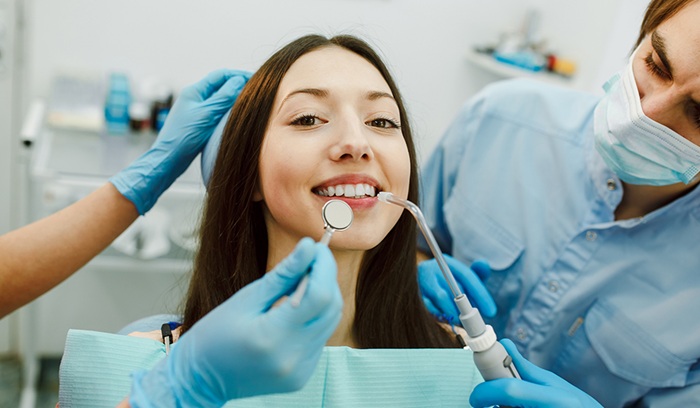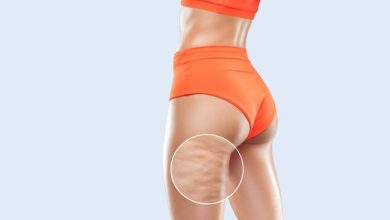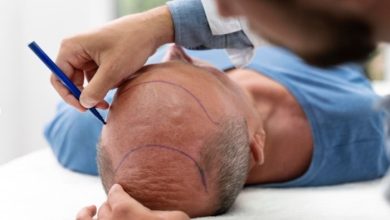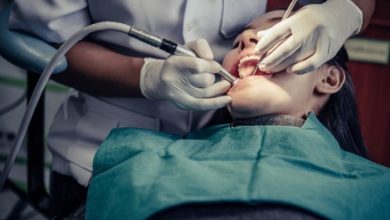
A healthy smile reflects overall well-being, as oral health impacts more than just teeth. Neglecting it can lead to broader health issues, making proper dental care a crucial long-term investment. This guide will cover common dental problems, daily care, diet’s impact, and professional visits, providing a roadmap for lifelong oral health.
Understanding Common Dental Problems
Before you can effectively protect your mouth, it helps to know what you’re up against. Many dental issues are preventable with the right habits, but they can cause significant pain and require extensive treatment if left unchecked.
Tooth Decay (Cavities)
Tooth decay, or cavities, is one of the most prevalent health problems worldwide. It occurs when plaque a sticky film of bacteria that constantly forms on your teeth—converts sugars from the food you eat into acids. These acids eat away at the tooth’s hard outer layer, known as enamel. Over time, this erosion creates small holes, or cavities. If not treated, cavities can grow larger and affect deeper layers of the tooth, leading to pain, infection, and even tooth loss.
Gum Disease (Gingivitis and Periodontitis)
Gum disease is an infection of the tissues that hold your teeth in place. It typically starts as gingivitis, which is the inflammation of the gums caused by plaque buildup along the gumline. Symptoms include red, swollen, and bleeding gums. Gingivitis is often painless and reversible with good oral hygiene.
If gingivitis is not addressed, it can advance to periodontitis. In this more severe stage, the gums pull away from the teeth, forming pockets that become infected. The body’s immune response to this infection, combined with the toxins from bacteria, starts to break down the bone and connective tissue that hold teeth in place. Eventually, teeth can become loose and may need to be removed.
Bad Breath (Halitosis)
While everyone experiences bad breath occasionally, persistent halitosis can be a sign of underlying dental problems. It’s often caused by food particles trapped in the mouth, poor dental hygiene, or gum disease. Bacteria on the tongue can also produce odor-causing compounds. In some cases, bad breath can indicate other health issues, so it’s important not to ignore it.
Effective Daily Oral Hygiene Practices
A consistent daily routine is your first line of defense against dental problems. Following these fundamental practices will help keep your teeth and gums healthy.
Brushing: The Foundation of Oral Care
Brushing your teeth correctly is crucial for removing plaque and food particles. The American Dental Association (ADA) recommends the following:
- Brush twice a day: Brush for two minutes each time, once in the morning and once before bed.
- Use a soft-bristled brush: Hard bristles can damage your gums and enamel. Whether you choose a manual or electric toothbrush, make sure the head is small enough to reach all areas of your mouth.
- Use fluoride toothpaste: Fluoride is a mineral that helps strengthen tooth enamel and prevent cavities.
- Use proper technique: Hold your brush at a 45-degree angle to the gums and use gentle, short strokes. Brush the outer, inner, and chewing surfaces of your teeth. Don’t forget to brush your tongue to remove bacteria.
Flossing: The Step You Can’t Skip
Brushing alone can’t reach the tight spaces between your teeth and under the gumline. This is where flossing comes in. Flossing daily removes trapped plaque and food particles, helping to prevent cavities and gum disease. If you find traditional string floss difficult to use, water flossers or interdental brushes are excellent alternatives. The key is to clean between your teeth every day, no matter which tool you use.
The Role of Diet in Maintaining Oral Health
What you eat and drink has a direct impact on the health of your teeth and gums. A balanced diet is essential not just for your body, but for your mouth as well.
Foods to Enjoy
- Fruits and Vegetables: Crunchy fruits and vegetables like apples, carrots, and celery are high in fiber and help clean your teeth as you chew. They also stimulate saliva production, which helps wash away food particles and neutralize acids.
- Dairy Products: Cheese, milk, and yogurt are rich in calcium and phosphates, which help rebuild tooth enamel.
- Lean Proteins: Foods like poultry, fish, and eggs contain phosphorus, another important mineral for protecting enamel.
Foods and Drinks to Limit
- Sugary Foods and Drinks: Candy, cookies, sodas, and sports drinks are major culprits in tooth decay. The bacteria in your mouth feed on sugar, producing harmful acids.
- Sticky Foods: Raisins, granola bars, and other sticky treats can cling to your teeth for long periods, giving acids more time to attack your enamel.
- Acidic Foods and Drinks: Citrus fruits, tomatoes, and wine can erode tooth enamel. While you don’t need to avoid them completely, it’s best to consume them as part of a meal and rinse your mouth with water afterward.
Regular Dental Check-ups and Professional Cleaning
Even with the most diligent home care, professional dental visits are essential. A dentist and dental hygienist have the tools and expertise to spot and address problems you might not see or feel.
Why You Need Regular Visits
- Professional Cleaning: A hygienist can remove tartar (hardened plaque) that you can’t get rid of with a toothbrush. This is crucial for preventing gum disease.
- Early Detection: Your dentist can identify early signs of cavities, gum disease, and even oral cancer. Early detection makes treatment simpler, less invasive, and more successful.
- Personalized Advice: Your dental team can provide guidance tailored to your specific needs, whether it’s recommending a different type of toothbrush or demonstrating proper flossing technique.
Most dentists recommend a check-up and cleaning every six months. For individuals with extensive dental issues, more comprehensive procedures, such as a full mouth restoration like those in Scott, LA, may be necessary to restore oral health and function.
Advanced Oral Care Techniques
For those looking to go the extra mile, a few additional tools and techniques can further enhance your oral hygiene routine.
Mouthwash
An antimicrobial or fluoride mouthwash can be a helpful addition to your routine. It can help reduce bacteria, control bad breath, and provide an extra layer of protection against cavities. Look for a mouthwash with the ADA Seal of Acceptance and use it after brushing and flossing.
Tongue Scrapers
Your tongue can harbor a significant amount of bacteria that contribute to bad breath. While brushing your tongue helps, a dedicated tongue scraper can be more effective at removing this buildup.
Conclusion
Now that you have a better understanding of the important components of a good oral hygiene routine, make sure to regularly schedule appointments with your dentist and follow their recommendations.




